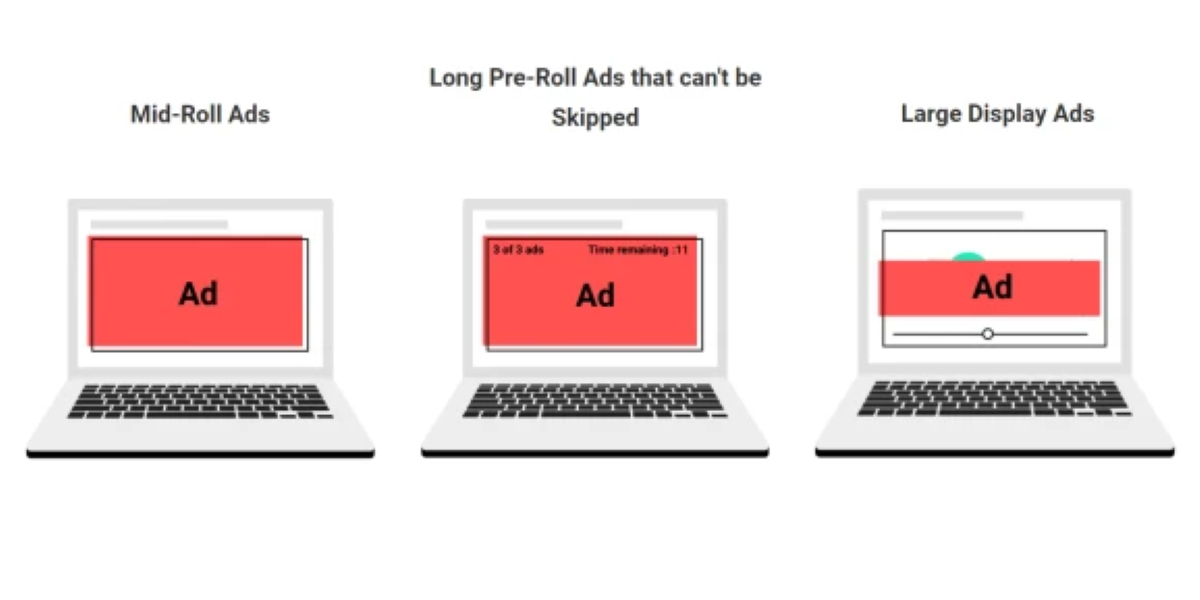Google Chrome’s ad blocker was introduced to its famous web browser back in 2018, which forces sites to either comply with industry standards or simply have their website’s ads completely blocked. The tech giant announced during this Wednesday (February 5, 2020) that it would now be expanding its browser’s ad blocker to videos too.
While there might still be some companies around that simply do not care about having an absurd number of ads running within their own websites and videos, most companies and content creators have actually been going the extra mile to avoid forcing their fans and/or visitors from using an ad blocker.
However, thanks to the group responsible for developing the Better Ads Standards that’s all about to change. This basically means that Google will now be focused on bringing its browser users better Ads Standards for videos too – something that the company had already successfully achieved since 2018 with the more commonly found annoying website ads.
Google’s Product Manager Jason James shared his thoughts on the subject earlier today, in a recent post on the Chromium Blog, saying: “Today, the group responsible for developing the Better Ads Standards, the Coalition for Better Ads, announced a new set of standards for ads that show during video content, based on research from 45,000 consumers worldwide.”

The Coalition for Better Ads defined the three main banned video ads as the “three ad experiences that people find to be particularly disruptive on video content that is less than 8 minutes long”, which go as follows:
“Long, non-skippable pre-roll ads or groups of ads longer than 31 seconds that appear before a video and that cannot be skipped within the first 5 seconds.”
“Mid-roll ads of any duration that appear in the middle of a video, interrupting the user’s experience.”
“Image or text ads that appear on top of a playing video and are in the middle 1/3 of the video player window or cover more than 20 percent of the video content.”
The Coalition for Better Ads also declared that any website owners using any of the three previously mentioned types of ads would need to stop showing them entirely within the next four months or risk losing their advertising completely.
Google announced that Chrome will begin enforcing these rules on August 5th, 2020, stating that as soon as that day comes, Chrome’s Ad Blocker will “stop showing all ads on sites in any country that repeatedly show these disruptive ads.”
Ironically enough, the Coalition for Better Ads also specifically called out YouTube.com, which just so very happens to be owned by none other than Google itself.





